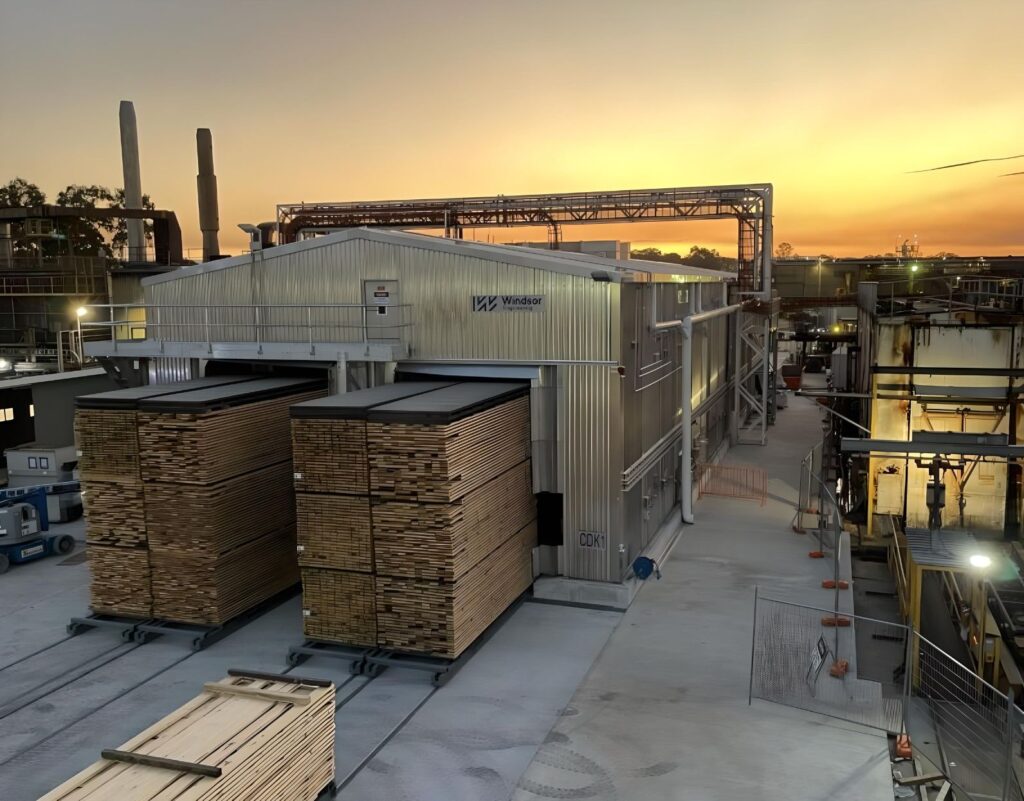Australia is tens of thousands of houses short of meeting current housing demand, with JPMorgan uncovering 60,000 “missing homes”.
And unless it can build its domestic capacity for house framing production, it will only fall further and further behind.
The “missing home” phenomenon refers to houses approved by authorities and should have been delivered but have not yet been built.
According to Tom Kennedy, an analyst from JPMorgan, “The number of ‘missing’ dwellings now totals between 50,000-60,000, a non-trivial shortage given the tightness in the residential rental market.”
The delay may be related to labour shortages, materials shortages, inclement weather or building firms going bust.
Last month, Wood Central reported that labour shortages have led to global economies missing out on crucial housing targets.
According to Infrastructure Australia, industry’s demand will reach “unprecedented levels” by 2025, with labour shortages peaking “at a likely shortfall of 93,000 workers in early 2023 or 48% higher than projected supply.”
Yesterday, the Wood Central Publisher spoke to a property developer with commercial partnerships with 5 of the largest “project builders”, who said material constraints “are still a long-term concern for large greenfield house and land estates.”
“Greenfield developments” occur in previously undeveloped areas, with developers typically selling “investment” and “owner-occupier” packages in stages to finance the estate’s development.

In most instances, acquiring and developing a land parcel can take several years, with developments like Lend Lease’s Yarrabilba and Sekisu House’s Ecco Ripley taking decades to build.
The property developer actively works with a panel of builders collectively responsible for constructing more than 10,000 house and land packages per year and said, “Uncertainly over long-term material costs and supply is a concern for future housing supply.”
“Many builders have concerns over the future supply of timber used in softwood timber framing,” he said before continuing, “Most builders prefer timber framing over and above steel framing systems.”
“Although, for some builders, particularly those that construct packages of builds for investors, steel-framing has been an attractive proposition in recent years given the attractive rebates on offer.”

In some estates, more than 20% of packages sold are to investment builds, which can help finance the stages of development.
By and large, timber framing is easier to repair and is more durable over time. “It is also cheaper than steel framing, and most importantly, takes a shorter time to construct, and for the most part is more readily available.”
“Timber does not have a marketing and communication problem, but a supply issue.”
“If you can provide confidence over future supply, it will provide greater confidence to developers to invest in establishing new estates to meet future demand for housing,” he said.
Meeting future demand is nonetheless easier said than done
According to ABARES, Australia’s plantation estate is in decline, with the estate now its smallest in more than 20 years. The decline in plantation size “is due to ongoing conversion of hardwood plantations to other land uses,” with the total plantation area contracting by 28,000 hectares to 1.716 million.
With a decline in forest resources, softwood manufacturers are looking to “do more with less” to optimise and meet future demand for framing.
Last week, the Wood Central Publisher spoke to Christine Briggs, the National Marketing Manager AKD Softwoods, who said the company is investing in mill processing capability to meet a 550,000 cubic metre log capacity at its Caboolture plant.

Wood Central understands that the increase in log capacity will go some way to address the shortage, with Australian Forest Products Association Acting CEO Natasa Sikman saying it is already propped up by imports, which make up “25% of timber needed to build houses.”
In August 2023, Australia’s largest softwood mill commissioned new kiln technology, which operates at much lower temperatures than previous batch kilns, “which allows for a greater product range to be offered nationally from the AKD Caboolture Mill.”
And in December, it will unveil a $50m state-of-the-art grading and board printing technology.
“Without changing sawlog mix and increasing volumes, AKD can optimise recovery and meet new market requirements,” according to AKD Softwoods.
“To optimise structural cut and value, different sorts provide for improved heartwood management. This has resulted in a new consistent capability to offer large end sections and higher grades, including MGP12 & MGP15.”

According to Mateo Gutierrez, AKD’s National Structural Engineer, using MGP15 is an important milestone.
“The main reason fabricators use other Engineered products currently (both other wood-based and steel) instead of Engineered Structural Pine is that M15 has not been available consistently,” he said.
“AKD’s Caboolture site is capable of this and is currently seeking market partners that will work with us on this and be consistent in their demand over cycles.”
What is abundantly clear is that without substantial investment in plantation establishment, the only way to meet future demand for Australia’s housing is to look to invest in high-value manufacturing and production.






